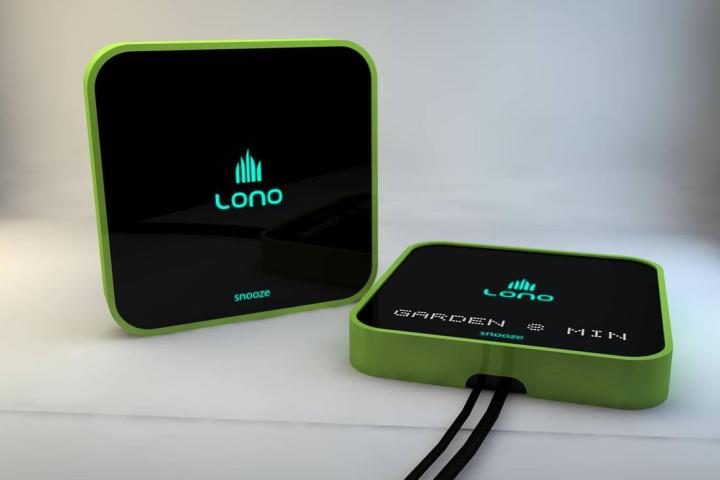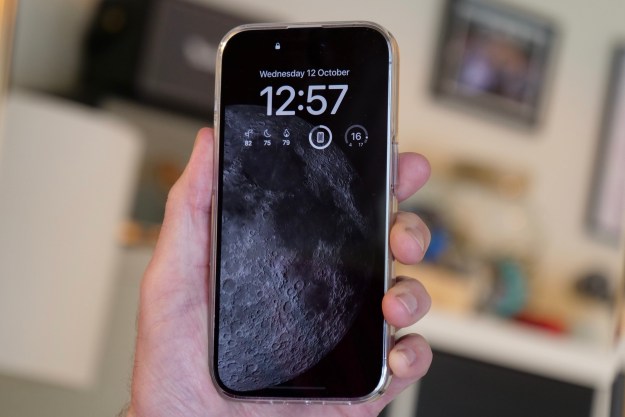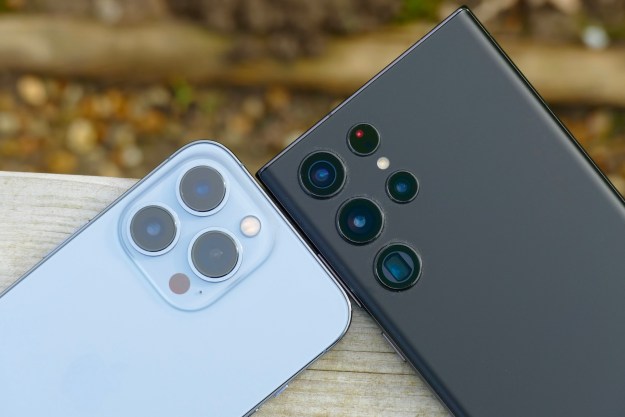
Detailed extensively on a Kickstarter project page, the Lono sprinkler controller allows homeowners to connect their yard’s irrigation system to an application on a mobile device like a smartphone or tablet. Designed to streamline of the process of watering grass and surrounding plant life, Lono users can turn specific sprinkler zones on and off with a single tap on their mobile device. Users can also adjust the amount of water that’s distributed to specific zones, ideal when one area of a yard is exposed to sunlight for a longer period of time than other areas during the day.
Estimating water savings up to 70 percent in some cases, Lono users can also remotely halt all watering if it’s currently raining throughout the day. By tapping the “Snooze” button within the Lono app, the system will be automatically paused for 24 hours. Lono also offers the ability to use a third party sensor in case the user wants to automate rain detection.

Interestingly, the user doesn’t have to bother with scheduling watering times. After setting a period of time that’s approved for watering, the Lono will automatically schedule the appropriate watering times for each zone. The Lono also utilizes “evapotranspiration data,” information about plant life in the area, to modify watering behavior. For instance, specific types of soil may be resistant to constant watering, thus the Lono will segment watering times based on soil absorption rates.
In order to install the Lono, the user first has to connect the device to a standard power outlet as well as the wiring to zones on their current controller for the irrigation system. After linking the Lono to the home’s Wi-Fi network, users can name up to 20 different zones. If a home has more than 20 zones, multiple Lono devices can be connected and controlled within a single app. Regarding software updates, the Lono will automatically connect to the manufacturer to download firmware updates. In addition, the Lono software can be set for odd/even watering restrictions if the user lives in a city with specific laws related to irrigation.
While the Lono will eventually retail for $199, early backers can invest in the device for $149 or less depending on the available funding options. While the funding goal is set at $75,000, benchmark goal rewards include a LED readout on the device, an Android version of the mobile app, admin functions for contractors and a mobile version of the site. For the moment, the device will only ship with iOS support. The creators of the Lono expect to ship the completed device to early backers by March 2014. As with all Kickstarter or Indiegogo projects, be aware that manufacturing issues often push back the delivery date of the product by weeks or even months.
Editors' Recommendations
- How to find your phone number on iPhone or Android
- Best refurbished iPhone deals: Get an iPhone 14 for $513
- Nomad’s new iPhone case and Apple Watch band may be its coolest yet
- How to find your lost phone (tips for iPhone and Android)
- Why you should buy the iPhone 15 Pro instead of the iPhone 15 Pro Max


